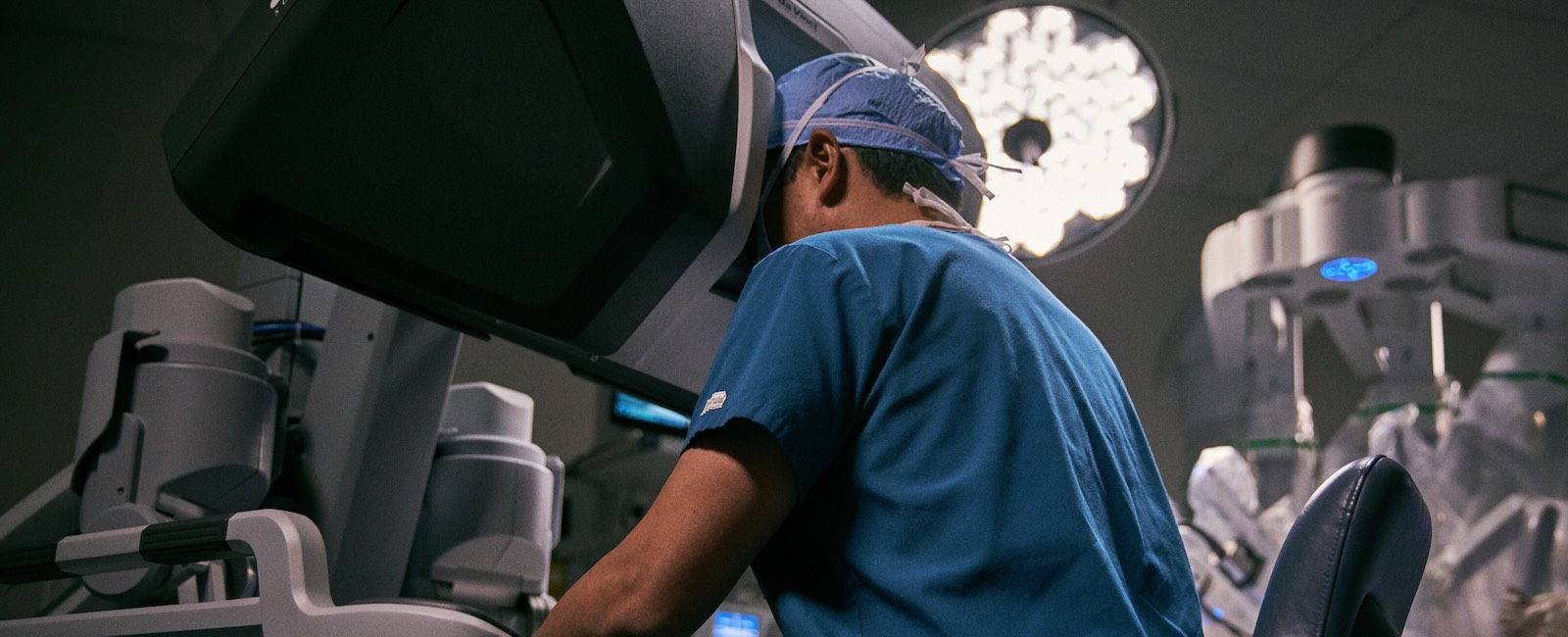
Single Anastomosis Duodenal Switch (SADI)
How SADI Works
The Single Anastomosis DS works by creating a sleeve gastrectomy for restriction and hunger control. It is also sometimes referred to as SADS, SIPS, SADI, SADI-S, or the Loop DS procedure. After the sleeve, the intestines are rerouted, similar to a gastric bypass. The principal measured length is the common channel. This is the distance from where bile and food meet to the end of the intestines and determines the amount of absorption.
Surgery takes approximately an hour and a half, and patients experience a similar recovery time to that of other procedures. The dietary progression is the same. Food enters the sleeve and is held there with the pylorus, just like a sleeve. Because of this, the dumping syndrome does not occur, unlike the gastric bypass.

Ideal Patient & Expectations
The ideal patient for a single anastomosis duodenal switch is a patient who has more weight to lose. Patients with a BMI over 50 will have better and more sustained weight loss than with other procedures. Additional benefits are a lower incidence of ulcers than a gastric bypass operation. This is particularly helpful for patients who need to take NSAIDs such as aspirin, ibuprofen, etc.
Patients can expect to lose 75-85% of excess weight in the first year after a SADI.*
*Results will vary between patients
Need to Know About the SADI
SADI Advantages
- Greatest weight loss potential of all bariatric procedures
- Minimal risk of dumping syndrome
- Excellent diabetes control
- Minimal risk of ulcer disease
- Lower risk of bowel obstruction compared to the Duodenal Switch
SADI Disadvantages
- Increased risk of reflux disease
- Greater risk of nutrition deficiencies if not compliant
SADI Risks
- Standard surgical risks
- Nausea and vomiting
- Leaks from the staple line
- Reflux
- Small Bowel Obstruction
SADI Recovery Timeline
- Hospital stay is typically 24 to 48 hours
- Many patients return to normal activity within 1 to 2 weeks
- Heavy lifting is restricted for roughly 4 weeks

